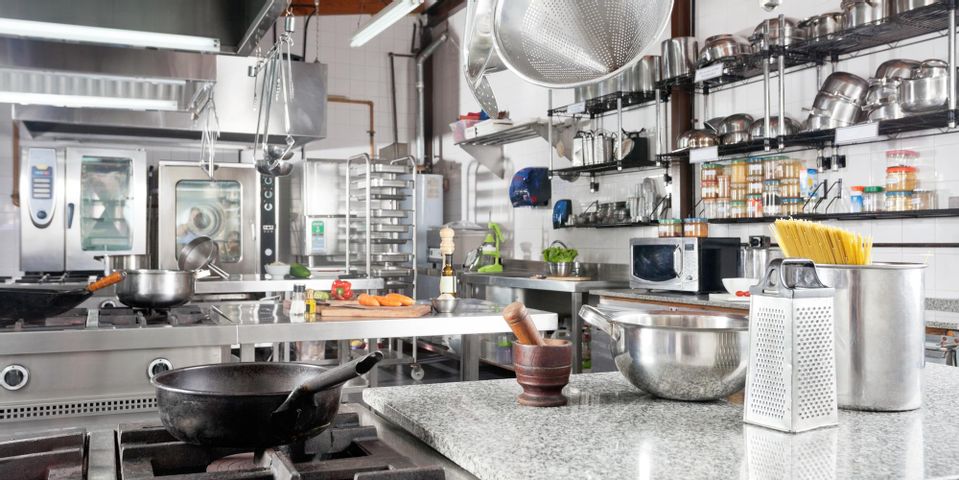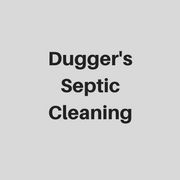How Often Should Grease Traps Be Cleaned?

Investing in a clear plan and schedule for your grease trap cleanings is a crucial measure for any restaurant business. That diligence will pay off by making your restaurant both safer and in compliance with the law. Here’s a rundown of how you should coordinate your cleaning schedule and what factors will help you determine it.
Variables Affecting Your Grease Trap Cleaning Schedule
1. One Quarter Rule
While it’s useful to have a carefully calibrated system of when to schedule your grease trap cleanings, you should teach your staff the “one quarter rule.” This is a rule that says that if a grease trap is more than a quarter full, it needs to be cleaned. At which point, grease will start moving down into the pipes, potentially causing a problematic blockage.
2. Local Laws
 Every city has its own standards for how frequently you need to clean your restaurant’s grease trap. By researching those laws (or consulting your professional trap cleaner), you can have your cleaning schedule provided for you. Importantly, you’ll be following the law, avoiding fines, and keeping your establishment in good standing.
Every city has its own standards for how frequently you need to clean your restaurant’s grease trap. By researching those laws (or consulting your professional trap cleaner), you can have your cleaning schedule provided for you. Importantly, you’ll be following the law, avoiding fines, and keeping your establishment in good standing.
3. Unique Variables
Even if the law specifies a time and date, you may want to schedule your cleanings more frequently. That holds true if your kitchen tends to produce a large amount of grease or if your trap is smaller than average. A trap cleaning specialist can help you evaluate these variables, and work with you to create a plan unique to clean your grease trap.
If it’s been too long since your last grease trap cleaning, make it a point to contact Dugger's Septic Cleaning in Corbin, KY. In business for 56 years, and known for their 24-hour emergency services, their professionals will never let you down. You can schedule an appointment by calling (606) 528-3893. Learn more about the company, which also offers septic pumping and septic maintenance, by visiting their website.
About the Business


